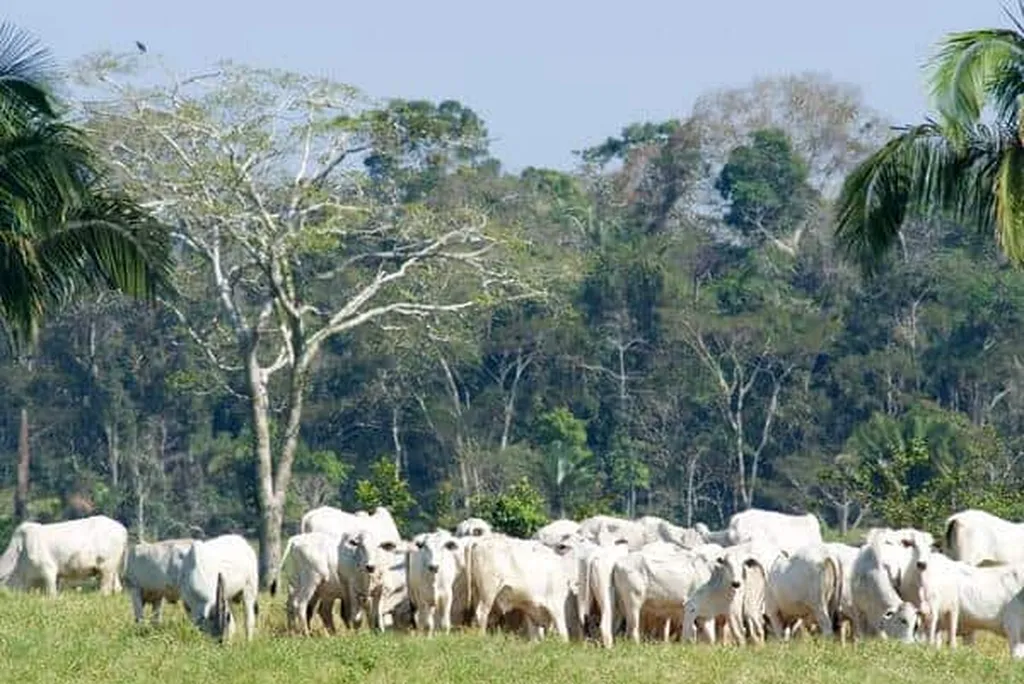In the lush landscapes of Central Sulawesi, Indonesia, a humble yet robust breed of cattle, the Donggala, has been quietly contributing to the region’s agricultural productivity. Now, a groundbreaking study led by Yulius Duma from Tadulako University has shed light on the genetic diversity of these indigenous cattle, offering promising insights for conservation and breeding strategies that could resonate far beyond the farm gates.
Duma and his team have employed advanced genetic tools to unravel the molecular tapestry of Donggala cattle, utilizing microsatellite markers to assess their genetic diversity. “Understanding the genetic variability of Donggala cattle is crucial for their sustainable conservation and targeted breeding strategies,” Duma asserts. The study, published in Veterinary World, reveals a rich allelic diversity within the breed, with markers like SPS113, ETH225, and TGLA122 proving particularly informative.
The research employed a suite of sophisticated analyses, including Unweighted Pair Group Method with Arithmetic Mean (UPGMA) clustering and analysis of molecular variance (AMOVA). Notably, the team leveraged three-dimensional principal component analysis (PCA) to visualize genetic differentiation, a technique that offered enhanced resolution in distinguishing closely related breeds.
The findings paint a compelling picture of the Donggala cattle’s genetic landscape. With high observed heterozygosity and substantial polymorphism information content, these cattle emerge as a valuable reservoir for genetic diversity. “The application of 3D PCA has provided us with a powerful tool to distinguish Donggala cattle from exotic and crossbred varieties, supporting its use in molecular characterization,” Duma explains.
The commercial implications of this research are significant. By understanding and preserving the genetic diversity of indigenous breeds like the Donggala, farmers and breeders can enhance the resilience and productivity of their livestock. This, in turn, can bolster the agricultural sector, contributing to food security and economic stability.
Moreover, the study’s findings could influence broader conservation efforts. As Duma notes, “The considerable genetic diversity exhibited by Donggala cattle underscores their value as a reservoir for breeding and conservation programs.” This research provides a crucial baseline for sustainable management and genetic improvement, not just for Donggala cattle but potentially for other indigenous breeds worldwide.
The study’s innovative use of 3D PCA sets a new standard for molecular characterization, offering a more nuanced understanding of genetic relationships. This technique could be applied to other livestock breeds, facilitating more effective conservation and breeding strategies.
As the world grapples with the challenges of climate change and food security, the insights gleaned from this research could prove invaluable. By harnessing the genetic potential of indigenous breeds, we can build more resilient and sustainable agricultural systems. The Donggala cattle of Central Sulawesi may well hold the key to unlocking a more secure and prosperous future for farmers and communities around the globe.

